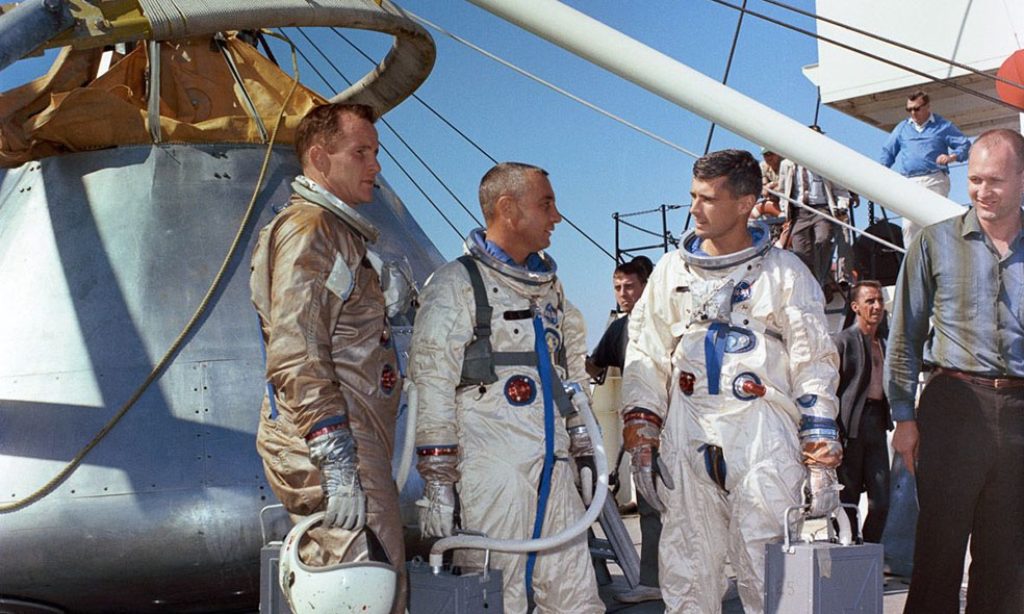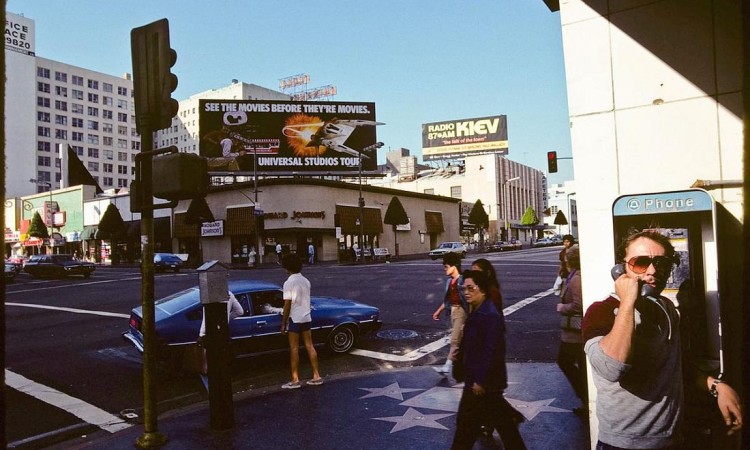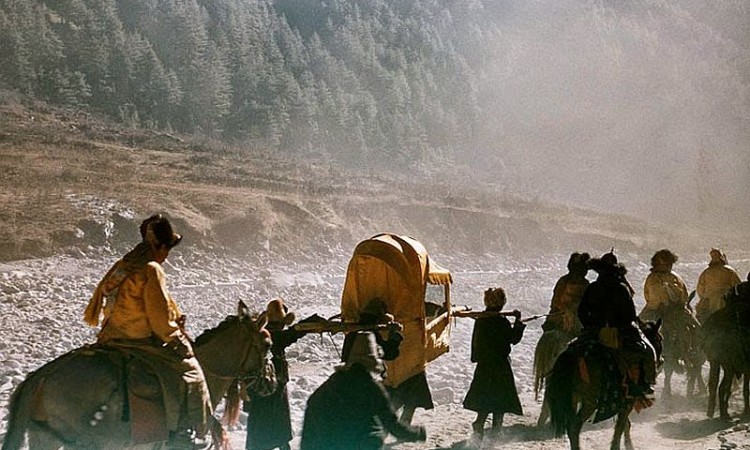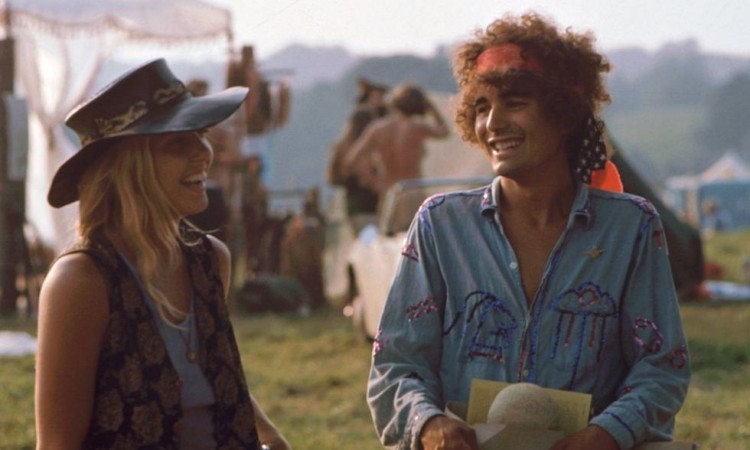Apollo 1, initially designated AS-204, was the first manned mission of the United States Apollo program, which had as its ultimate goal a manned lunar landing.[1] The low Earth orbital test of the Apollo Command/Service Module never made its target launch date of February 21, 1967. A cabin fire during a launch rehearsal test on January 27 at Cape Kennedy Air Force Station Launch Complex 34 killed all three crew members—Command Pilot Virgil I. “Gus” Grissom, Senior Pilot Ed White, and Pilot Roger B. Chaffee—and destroyed the Command Module (CM). The name Apollo 1, chosen by the crew, was officially retired by NASA in commemoration of them on April 24, 1967.
Immediately after the fire, NASA convened the Apollo 204 Accident Review Board to determine the cause of the fire, and both houses of the United States Congress conducted their own committee inquiries to oversee NASA’s investigation. The ignition source of the fire was determined to be electrical, and the fire spread rapidly due to combustible nylon material, and the high pressure, pure oxygen cabin atmosphere. The astronauts’ rescue was prevented by the plug door hatch, which could not be opened against the higher internal pressure of the cabin. A failure to identify the test as hazardous (because the rocket was unfueled) led to the rescue being hampered by poor emergency preparedness.
During the Congressional investigation, then-Senator Walter Mondale publicly revealed a NASA internal document citing problems with prime Apollo contractor North American Aviation, which became known as the “Phillips Report”. This disclosure embarrassed NASA Administrator James E. Webb, who was unaware of the document’s existence, and attracted controversy to the Apollo program. Despite congressional displeasure at NASA’s lack of openness, both congressional committees ruled that the issues raised in the report had no bearing on the accident.
Manned Apollo flights were suspended for 20 months while the Command Module’s hazards were addressed. However, the development and unmanned testing of the Lunar Module (LM) and Saturn V Moon rocket continued. The Saturn IB launch vehicle for Apollo 1, AS-204, was used for the first LM test flight, Apollo 5. The first successful manned Apollo mission was flown by Apollo 1’s backup crew on Apollo 7 in October 1968.
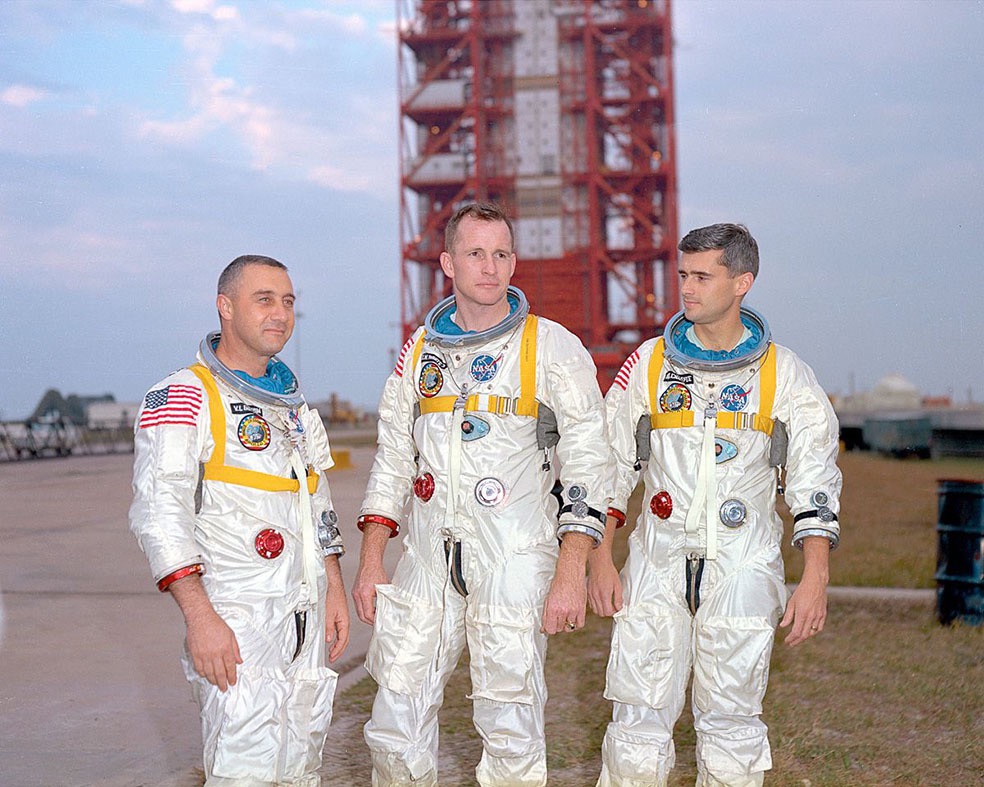
Jan. 17, 1967 – The Apollo 1 crew pose before a training exercise. / Image: NASA

April 17, 1966 – Mechanics install the heat shield on the Command Module. / Image: NASA
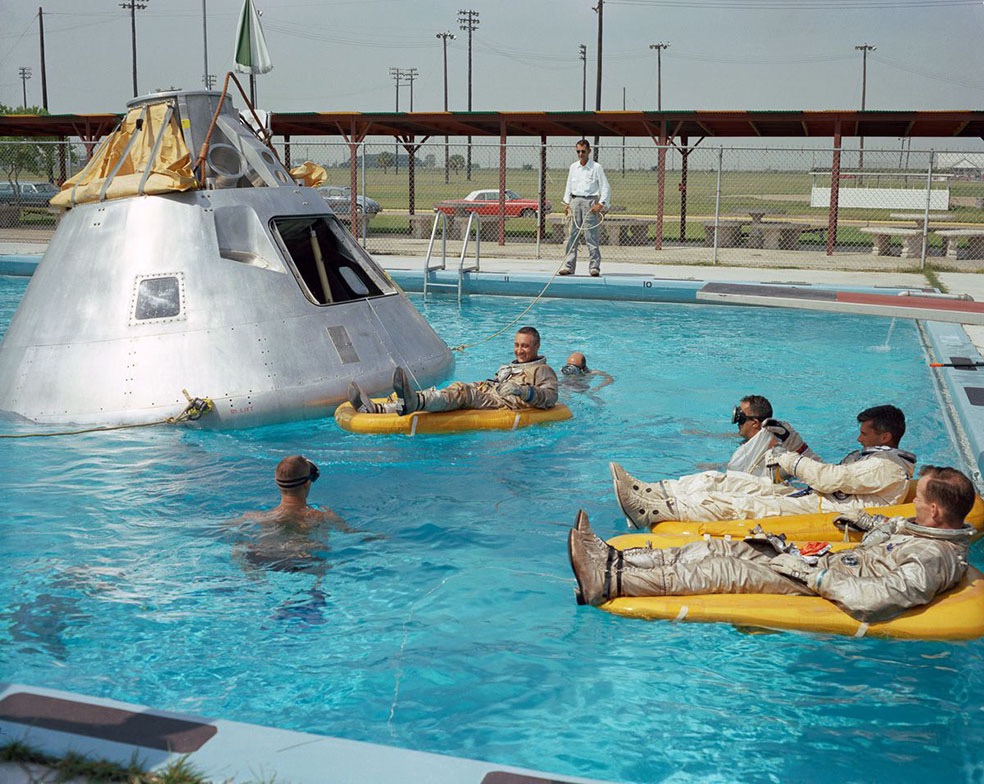
June 1966 – The Apollo 1 crew practice water egress procedures in a swimming pool at Ellington Air Force Base in Houston, Texas. / Image: NASA
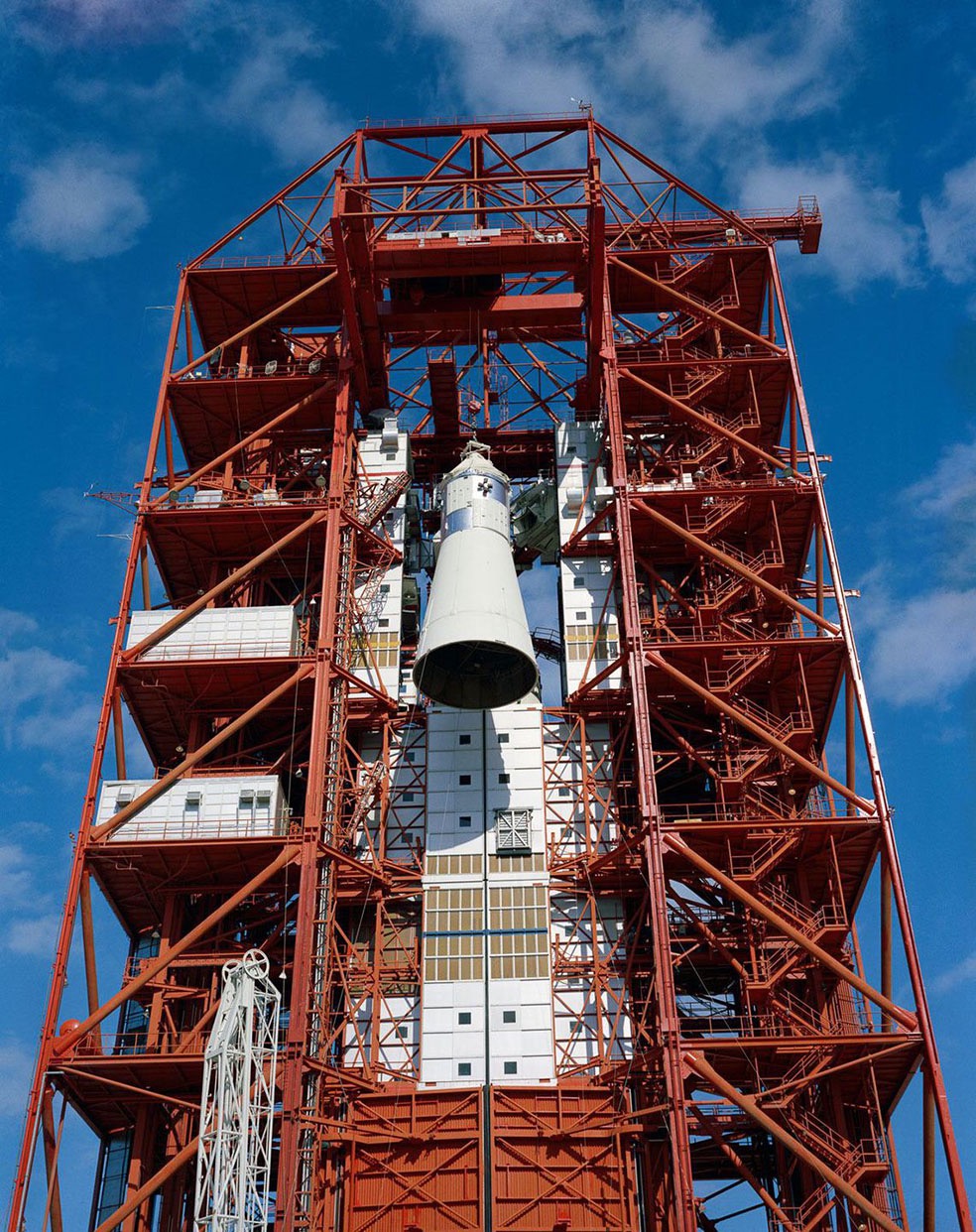
Jan. 6, 1967 – Apollo Spacecraft 012 is hoisted to the top of the Gantry at Pad 34 during the Apollo/Saturn Mission 204 assembly at Cape Kennedy, Florida. / Image: NASA

Oct. 27, 1966 – The Apollo 1 crew aboard the NASA Motor Vessel Retriever (MVR) in preparation for Apollo water egress training in the Gulf of Mexico. / Image: NASA
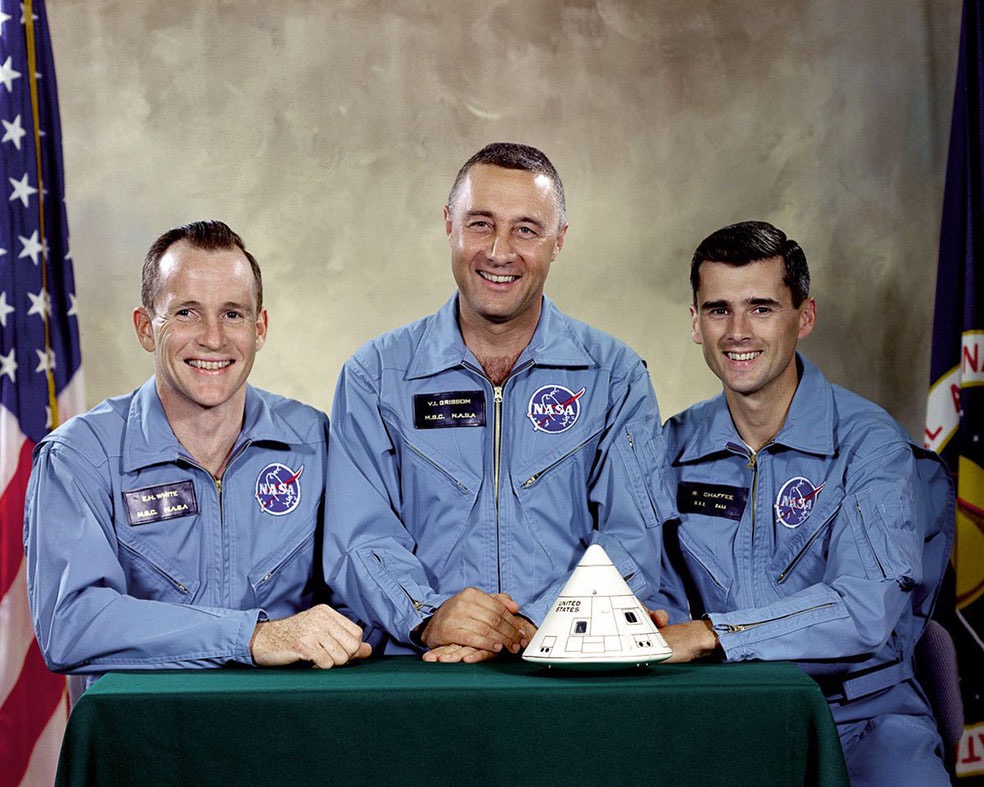
March 30, 1966 – Edward H. White II, Virgil “Gus” Grissom, and Roger B. Chaffee. / Image: NASA
Via: Mashable

